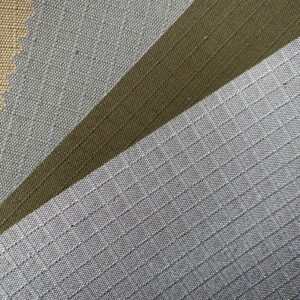How thick is ripstop? 0.2 to 0.3 inches
sbf
Ripstop Canvas Manufacturing Company in Kenya-Quality 400D and 500D Ripstop Fabric Supplier in Kenya, Uganda, Tanzania, Rwanda, South Sudan, Somalia, Burundi, Congo

© 2023 Sbf Interiors. All Rights Reserved.
Development by Starling Technologies
